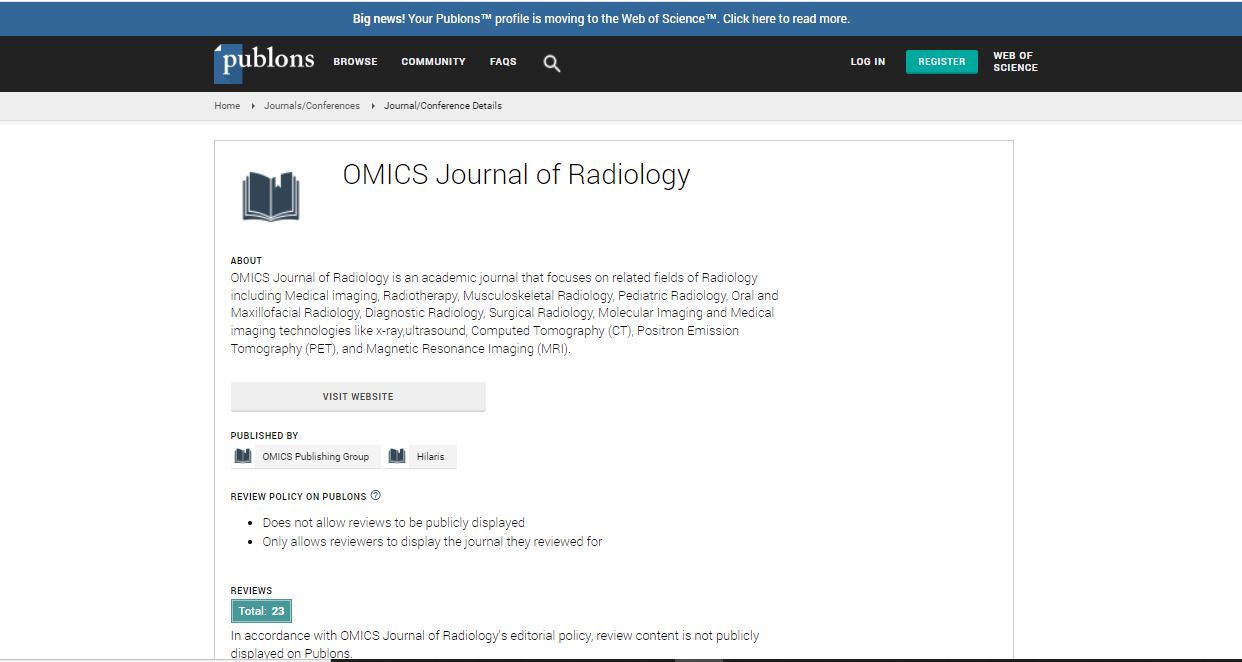Research Article
Patient Radiation Risk in Interventional Cardiology
| Eleni-Theano Samara1*, Abbas Aroua1, François Oswald Bochud1, Alain Delabays2, Jean-Pascal Laedermann1 and Francis Robert Verdun1 | |
| 1Institute of Radiation Physics, Lausanne University Hospital, Rue du Grand-Pre 1, CH-1007, Lausanne, Switzerland | |
| 2Department of Cardiology, Lausanne University Hospital, Rue du Bugnon 46, CH-1011 Lausanne, Switzerland | |
| Corresponding Author : | Eleni-Theano Samara Institute of Radiation Physics Lausanne University Hospital Rue du Grand-Pre 1, CH-1007 Lausanne, Swit- zerland E-mail: eleni-theano.samara@chuv.ch |
| Received April 12, 2012; Accepted April 23, 2012; Published April 30, 2012 | |
| Citation:Samara ET, Aroua A, Bochud FO, Delabays A, Laedermann JP, et al. (2012) Patient Radiation Risk in Interventional Cardiology. OMICS J Radiology. 1:103. doi: 10.4172/2167-7964.1000103 | |
| Copyright: © 2012 Samara ET, et al. This is an open-access article distributed under the terms of the Creative Commons Attribution License, which permits unrestricted use, distribution, and reproduction in any medium, provided the original author and source are credited. | |
Abstract
Radiological imaging used in cardiac procedures may result in significant radiation doses to the patient. The aim of this study was to estimate radiation risks from typical cardiac procedures. Monte Carlo simulations were performed to assess absorbed organ doses. Equivalent organ doses and effective doses were calculated using the recommendations in ICRP Publications 60 and 103 [1,2]. The differences in effective dose applying the two recommendations were found to be small. Cancer incidence risks for different organs were calculated for different sex and age at exposure using the lifetime attributable risks provided by the Biological Effects of Ionizing Radiations report VII. These results are a straightforward method to comprehend radiation risks.

 Spanish
Spanish  Chinese
Chinese  Russian
Russian  German
German  French
French  Japanese
Japanese  Portuguese
Portuguese  Hindi
Hindi 
